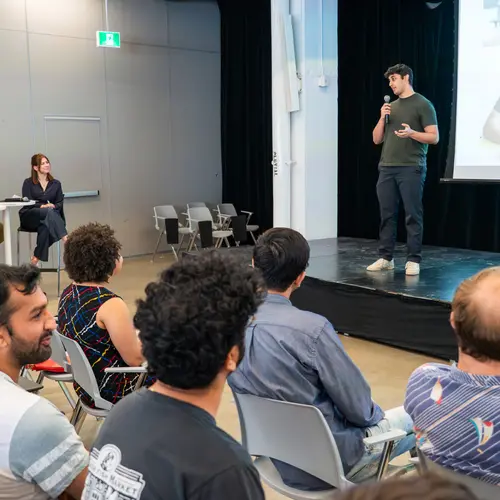
Razvan Pascanu
Affiliate Member
Senior Research Scientist, Google DeepMind
Research Topics
Continual Learning
Deep Learning
Deep Neural Networks
Few-Shot Learning
Generalization
Geometric Deep Learning
Graph Neural Networks
Lifelong Learning
Machine Learning Theory
Mechanistic Interpretability
Neural Networks
Optimization
Recurrent Neural Networks
Reinforcement Learning
Representation Learning


